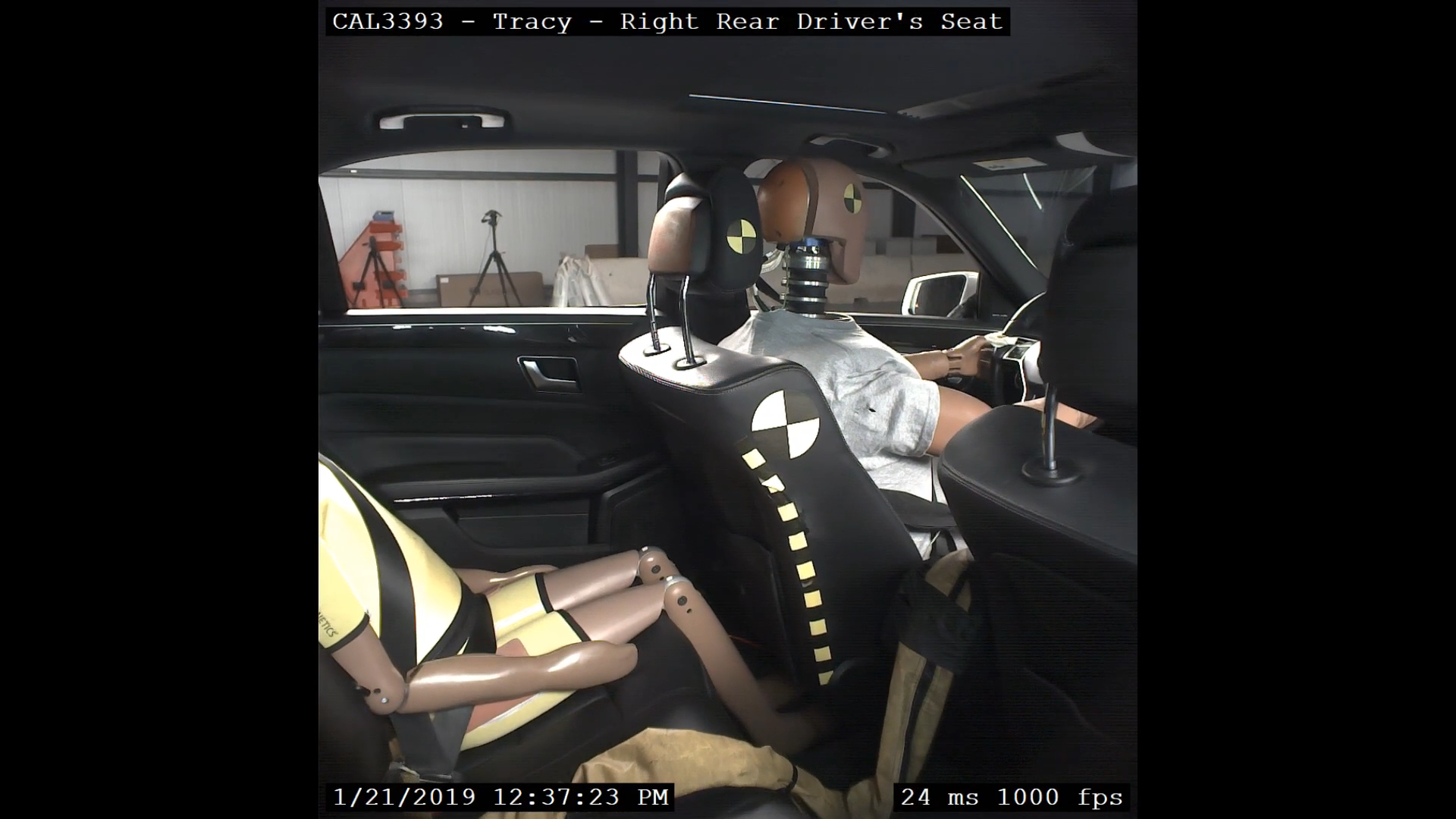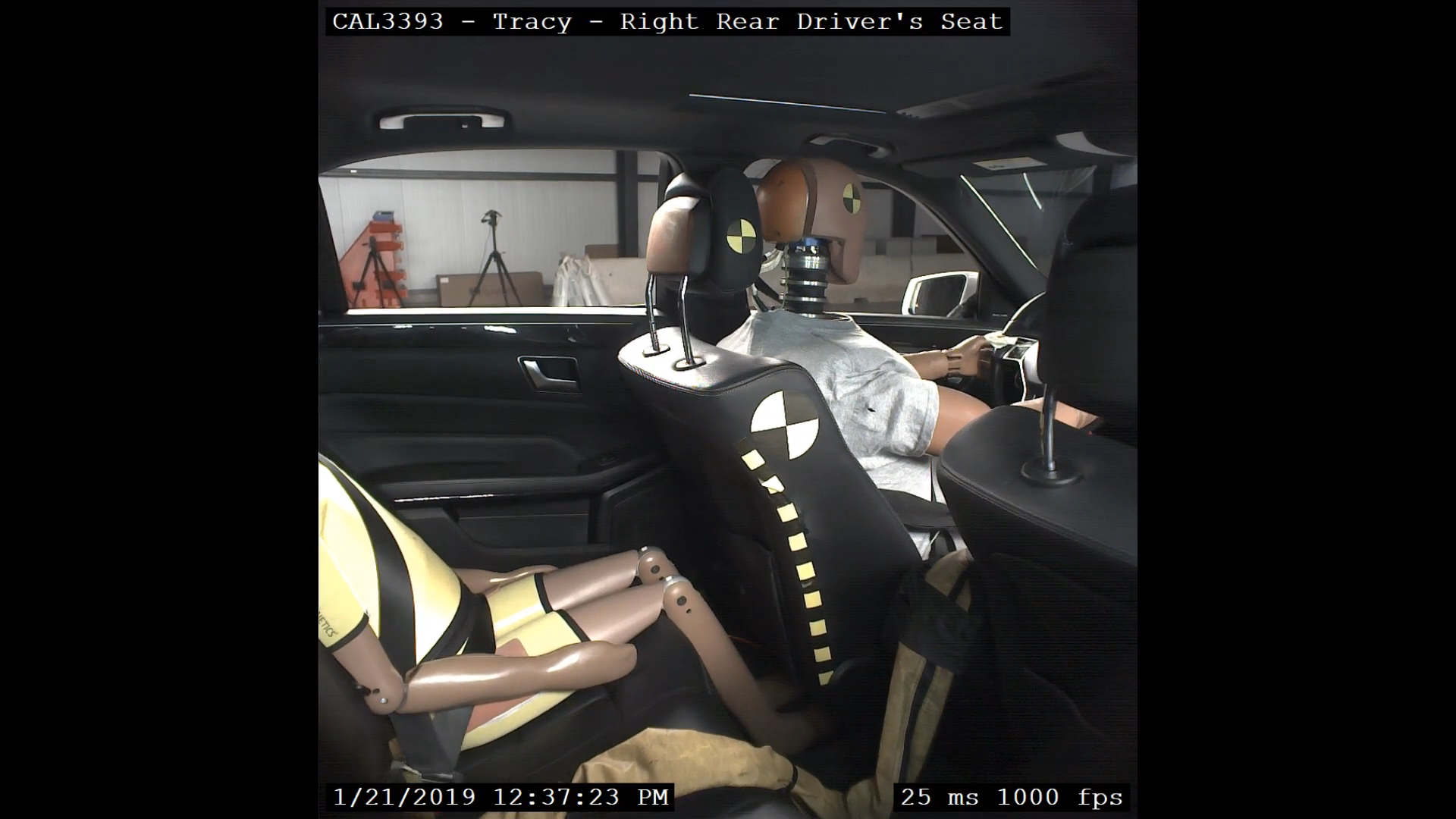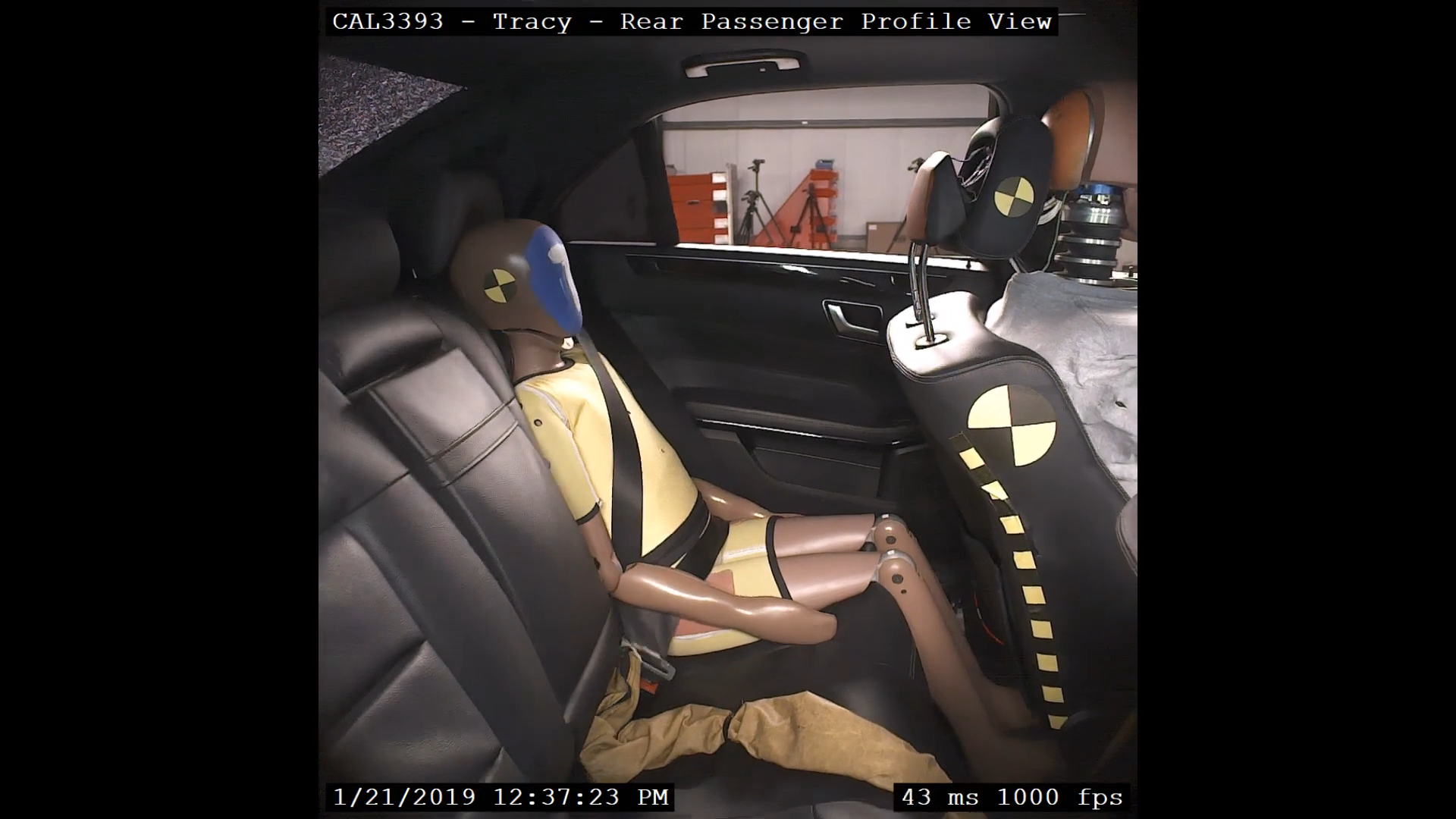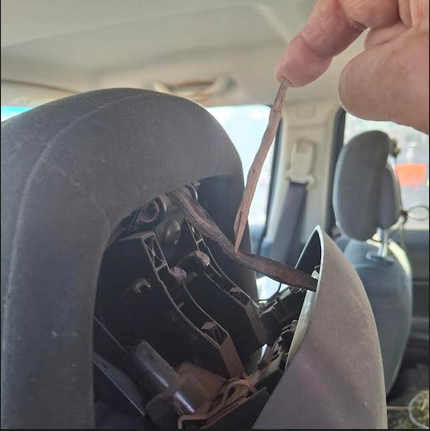
Expert Source citing, costa V FCA
But what if the force was greater than the court was aware?
What if an account of injury coined the pinball effect produced compounding factors that All AI modeling concluded the AHR probably caused the Plaintiffs injuries. And what if now the NEW Grok 4 Super Heavy has concluded not only was the force greater than the court entertained but that it has a greater than 90% probability to have caused the plaintiffs injuries.
You decide for yourself you will have the data, the timely reports, evidence to see for yorself and ask AI your own questions, however it will only be what the Plaintiff transparently provides and public-ally available research which leads to another Grok 4 Hevy question you will see answered. Where is FCA fka Chrysler or Crammer AG's research surrounding the force and speed data if it has virtually zero chance of harm?
Perhaps this question will not survive for jurors ears to hear but what percentage of those driving or passengers in a vehicle with the potentially defective AHR's are aware they even exist behind their heads? And if it is very few, why? and what is the probability those injured are under NDA's.. What is the probability such a device as the AHR designed to "lessen the likely-hood of a "whiplash" from low 10-20 mph rear impact collision has caused a death already and under an NDA. What is the probability people will die in the next 10 years? You will see the conversation, the data that isn't likely superior court jurors would read from un-redacted exhibits. But you will in the Court Of Public Opinion.


Screenshot slow motion video source above https://www.youtube.com/watch?v=iBIfnZ-S4Ls
The AHR's are designed to fully deploy and catch the head before the head starts to move backwards from a rear end collision, they are not designed or intended to catapult the head particularly in the manner I describe as the pinball effect. A signal from the rear vehicle tells the AHR release due to a rear end collision, as designed. The crash test video starts at -6ms until impact, At 23ms after impact the top of AHR has just released, as it should, when it doesn't deploy from manufacturer known defect.
-6ms until impact, it can be observed top of AHR where plastic meets padding, there is no distance indicating a deployment signal has not yet been sent from airbag controller.

At 25ms after impact gap between AHR platic and top of padding can be seen indicating control deployment signal has been received from rear vehicle sensor. It can be observed the normal driving distance between the head and AHR is maintained.




Safety strap slack after full deployment.
Attorney cited Below is for video reference only, I have No Attorney Client affiliation at this time.


